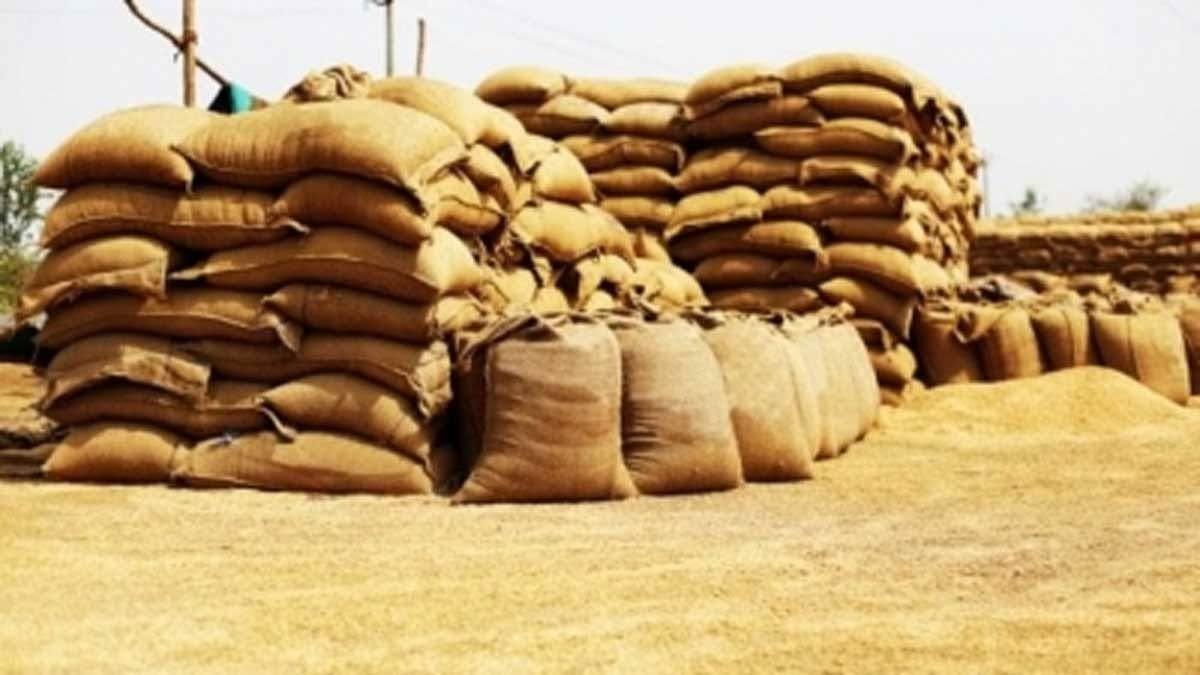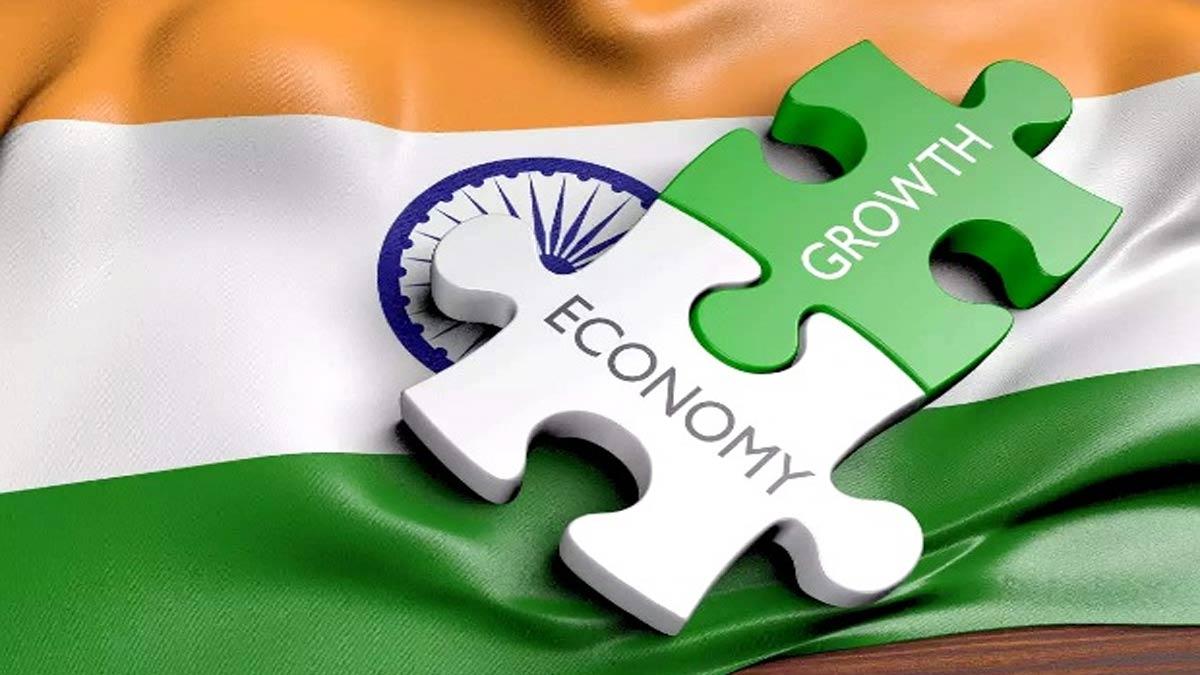The India Meteorological Department (IMD) has released its new forecast for the 2025 Southwest Monsoon, providing upbeat opportunities for the country. The Tuesday release of the forecast shows that the monsoon rainfall in June through September will be in excess of average levels across large parts of India.
The all-India rainfall as a whole is forecast at 106 percent of the Long Period Average (LPA) with a probable deviation of ±4 percent. The prediction offers encouragement for a bountiful agricultural season and enhanced water stocks, coupled with the call for preparedness against likely weather-related issues.
Especial encouragement is the prediction for Central and South Peninsular India—prime areas for agriculture—where rainfall above normal seems very likely to occur.
Conversely, Northwest India can expect rainfall close to normal.
Subsequently, the Northeast is likely to experience below-normal rainfall, which might be a cause of concern for regional ecosystems as well as farm operations.
The Monsoon Core Zone, which covers large tracts of India's rainfed farm areas, is also likely to witness above-normal rainfall, paving the way for a robust Kharif crop season.
For June 2025, the first month of monsoons, precipitation above normal is expected throughout the nation as a whole.
The majority of India's regions are predicted to have normal to above-normal rainfall, except in parts of southern peninsular India, and some regions of Northwest and Northeast India, where below-normal rainfall is expected. These initial rains are vital for planting seeds and resupplying groundwater levels.
June temperature predictions give a mixed report. Maximum temperatures will be normal to below normal in most regions, but Northwest and Northeast India can see above-normal day temperatures.
Minimum temperatures will be higher than normal in most regions, but some regions in Central India and neighboring southern Peninsula can see minimums from normal to below normal.
Positively, the number of heatwave days is expected to be lower than average in most of Northwest, Central, and East India, lowering the chances of intense heatwaves in early summer.
Several climatic factors underpin this forecast, including neutral El Niño-Southern Oscillation (ENSO) conditions in the Pacific and neutral Indian Ocean Dipole (IOD) status. However, models suggest a weak negative IOD might develop during the monsoon period. Although these conditions are not extreme, they will be closely watched as they can subtly influence monsoon patterns.
A thorough breakdown by meteorological divisions indicates that 34 out of 36 areas are likely to receive more than normal rainfall. These include major agricultural states like Punjab, Haryana, Gujarat, Maharashtra, Andhra Pradesh, Tamil Nadu, and Kerala.
Only Arunachal Pradesh and Assam & Meghalaya will have below-normal rainfall, and some of the northeastern and hilly parts are likely to get near-normal rainfall.
This positive monsoon forecast is likely to generate several advantages, including increased crop production, lowering the pressure on irrigation facilities, and better living conditions for rural families.
However, authorities and citizens must remain watchful against risks such as floods, waterlogging, and landslides in vulnerable areas. Public health departments should also prepare themselves for potential water-borne diseases and sanitation issues, particularly in metropolitan cities.
The IMD will keep on updating its extended and short-to-medium range forecasts on its official website. The forecasts are very important for farmers, policymakers, as well as the disaster management teams to make the right decisions and respond in time during the monsoon season.
By taking effective planning and timely action, the 2025 monsoon can potentially appreciably enhance agricultural growth and water security, while keeping a watchful eye on the risks involved.
Read also| India's FDI Inflows Surge 14% to Exceed $81 Billion in FY 2024–25
Read also| India Targets $1 Trillion in Exports by FY26, Says FIEO


















